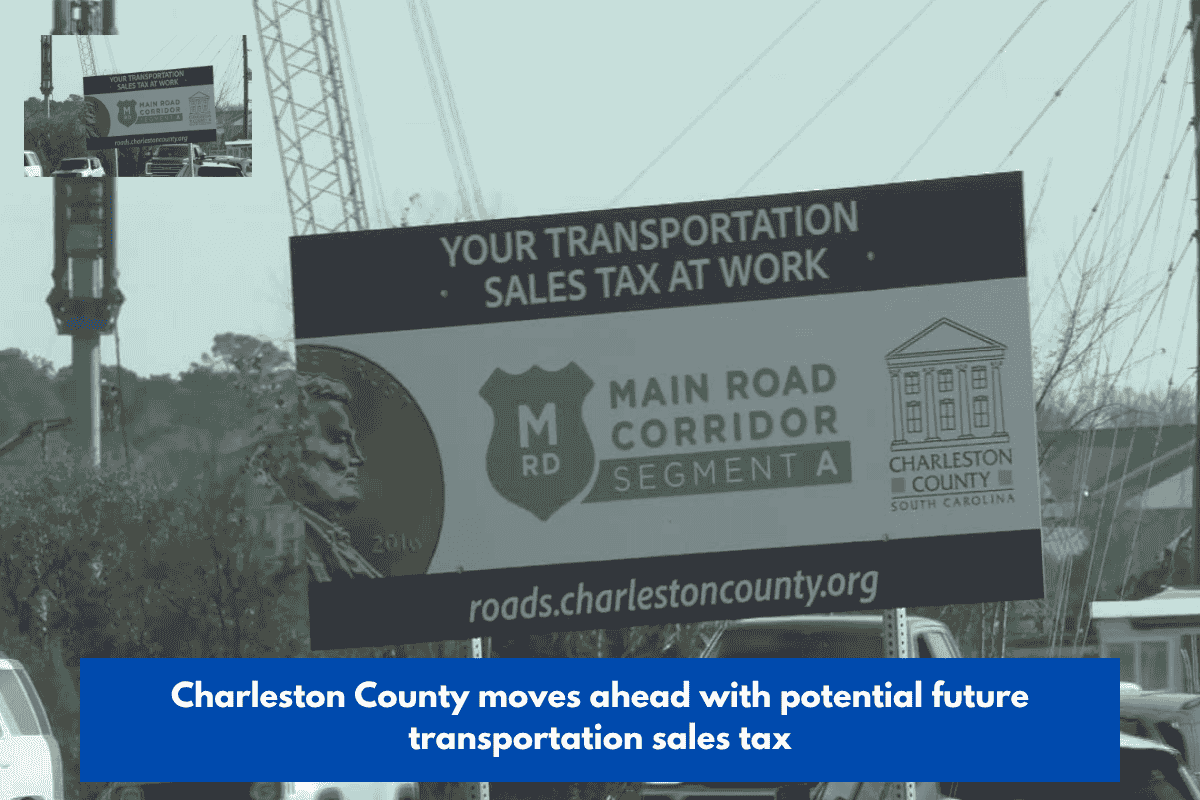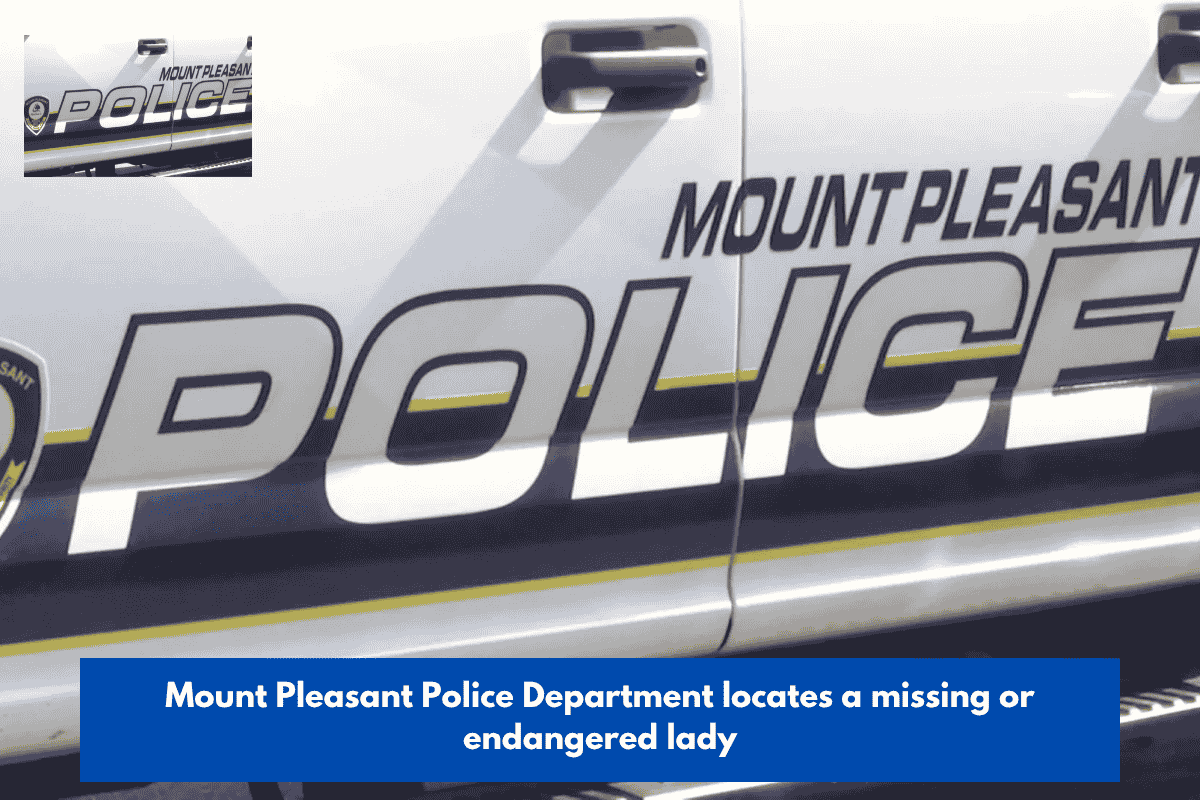A long-awaited improvement project aimed at reducing traffic congestion on Dorchester Road is now officially underway, and county leaders are asking the public for feedback on how the solution should look.
Dorchester Road Improvement Project proposes widening the road from just west of Old Trolley Road to the Charleston County line. According to county officials, it is one of the most heavily traveled stretches in the region, with over 40,000 vehicles per day and a projected increase to 53,000 by 2050.
“It’s frustrating,” said Sunshine Trakas, project manager for Dorchester County Public Works. “As somebody who travels the corridor, it’s frustrating, even sometimes at times of day where you wouldn’t think you’d experience traffic, there’s traffic.”
The widening is funded by the 2022 Transportation Sales Tax and includes four proposed design alternatives that are currently in the concept stage. According to Trakas, two options include adding turn lanes and updating signals, while the other two involve building interchanges that elevate through traffic above key intersections in the Oakbrook area.
“With the interchange alternatives, they move traffic a lot better,” he said. “The flip side to that is the impact, whether that be to properties or from a financial standpoint.”
Officials stated that growth throughout the region, particularly in less-developed areas of Dorchester County, has increased pressure on the corridor.
“As Charleston might be getting full, these areas of Dorchester County that before were not as populated are getting heavily populated now,” Trakas pointed out.
County officials will hold a public meeting on Tuesday, July 15, from 5 p.m. to 7 p.m. at Fort Dorchester High School, where community members can view design options, ask questions, and provide feedback.
All meeting materials will be made available online at www.dorchesterroadimprovements.com, including interactive maps and a comment portal. Public input will be accepted until August 15.
Construction is not expected to start until 2029, after additional public hearings, right-of-way acquisition, and final design approval.














